How sailing the Med in winter was my lucky break
The Middle East crisis is causing cruise lines to drastically alter their itineraries, sometimes to the advantage of passengers.
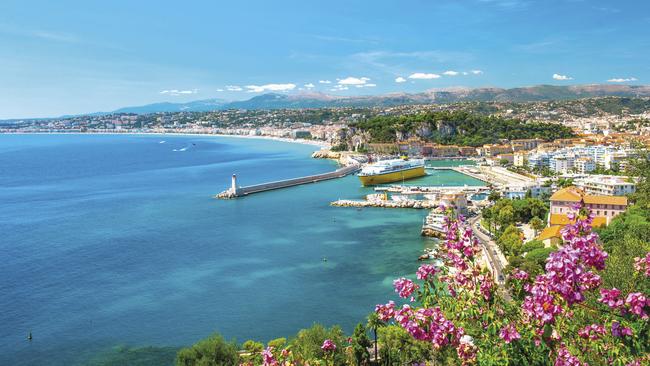
This is not the usual hemisphere to be lounging poolside in January. The Mediterranean weather is warmer and drier than my sangria. Brain does not compute. With the ship to myself, I roam around in a bathrobe and slippers, like a billionaire on her private yacht. The other guests are ashore, exploring Nice at its nicest – when it’s bursting with sunshine instead of crowds.
The temperature is 20C but it feels hotter. I had to come back early to peel off my jeans and jumper and slip into something more nautical. A quick dip in the pool, a soak in the hot tub, and the most summery drink on the menu, please.
Windstar’s Star Legend was not supposed to be in France in the middle of winter. The 322-passenger ship should be sailing its inaugural season in the Middle East, but it was relocated to Europe at short notice. Many people cancelled, opting not to take this replacement cruise, so it’s less than one-third full.
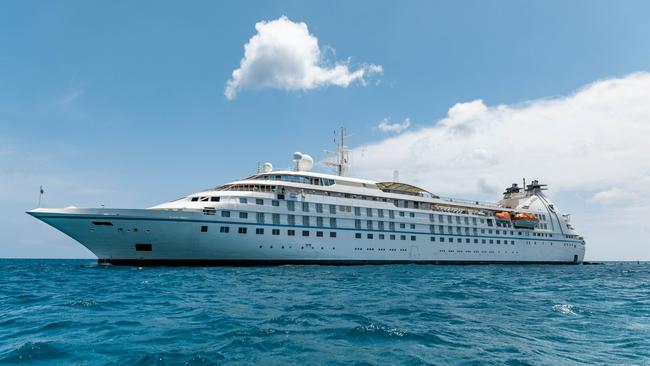
The stayers are not complaining. Our itinerary includes overnight calls in Nice, Barcelona and Rome. To have two full days in each of these cities is a treat that would be rare to impossible in summer, when berths are booked years in advance. In winter, cruise lines have the pick of the ports in every country, and the option for longer stays.
Since we are docked until 8pm tomorrow, some couples have dinner at local restaurants, but most return before the sun hides behind the horizon. No longer blissfully alone, I join my yacht mates gathering around the circular bar on the top deck. We order beers and mojitos instead of the hot toddy that’s being kept warm on a small stove.
I hear an Australian accent; Jackie, a flight attendant celebrating a divorce and a birthday. A British couple announces this is their fifth week on-board. “We just keep extending, we don’t want to get off, but we must get back to our business next week,” says Tom. “We’ll see,” says Tim.
The rest of this impromptu party are Americans escaping the subzero temperatures at home. Diane, who I met at the solo travellers event the previous night, introduces me to a group of female friends from Minnesota and two couples from Montana. Nobody is old enough to be retired, so it feels like a fun-loving gang of rebels on holiday when everyone else has gone back to work.
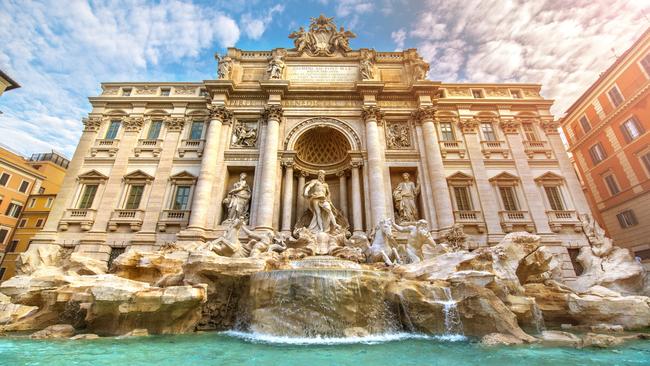
We are joyfully breaking the norms of cruising. Med cruises, somewhat of a summer cliche, are most popular from June to August. The shoulder season (April to May and September to November) is less hectic, while the coldest months (December to March) are significantly quieter.
The dwindling numbers spike around Christmas and taper off after the new year. From January to March, Windstar Cruises shares the region with only four or five other European cruise lines, such as Viking, MSC, AIDA and Costa Cruises. One month later, the difference is dramatic; at least a further 10 cruise lines have joined in by April. This influx of ships brings several thousand more passengers into each port every day, adding to the hordes of land-based tourists who have also started arriving en masse. Depending on your tolerance for crowds, it’s a fine line between buzzy and too busy.
Star Legend’s Captain Krasimir Ivanov has a clear preference. “It’s better in winter: less people, less ships, less sailing yachts, and the weather is better,” he says. “Don’t forget, it can be bad weather in summertime too.” I also prefer the milder climate when sightseeing all day, walking long distances, climbing towers or mountains. And if it rains, it doesn’t really matter when you’re inside the Sistine Chapel or the Galleria dell’Accademia.
Off-peak travel has many other benefits in the air, land and ocean. Cruise fares and airfares are cheaper, cities are calmer, traffic is lighter, the atmosphere is peaceful, and the experience feels less touristy.
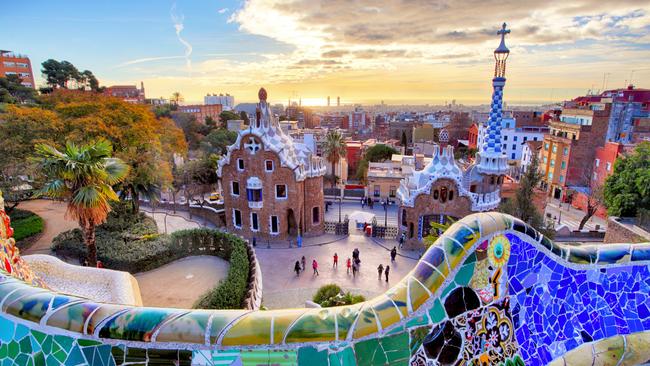
In Barcelona, we are the only diners at a tapas restaurant on the beach, receiving attentive service and extra servings. Afterwards we stroll along the seafront promenade, enjoying the warmest January on record in Spain. This path, lined with bars, museums and sculptures, would usually be jam-packed but it’s delightfully quiet.
In Marseilles, after a wine-tasting tour, I spend half an hour in l’Esperantine, which sells chocolate made with olive oil. The manager is thrilled to have a customer, happily handing over samples and explaining the process, flavours and textures. For shoppers, this is also the best time to go to Italy, where sales happen only twice a year. The “saldi” season starts in early January and lasts through mid-February, when clearance items are discounted by up to 70 per cent.
Rome is the busiest destination, especially at the Spanish Steps and Trevi Fountain, but it’s less congested than peak periods. Diane, who visited six months ago, marvels at the difference. “I found the crowds very tolerable, particularly compared to this past summer. It’s much more about pleasant people-watching than trying to fight a sea of tourists,” she says.
One day on our seven-night cruise, the weather turns wet and windy. The captain decides the swell is too rough for the small ship to comfortably navigate, so we skip a scheduled stop at Livorno. Setting sail the next morning, we spend a rocky day at sea and sadly miss our excursions to Florence and Pisa. To be honest, I’m content to relax with my book and indulge in a massage at the spa.

Star Legend’s main restaurant, Amphora, is half empty every night, so each course comes out swiftly. The complimentary menu, which changes daily, features everything from vegan meals to gourmet dishes by chefs affiliated with the non-profit culinary organisation James Beard Foundation. My favourites include veal ossobuco, crab-stuffed prawns, goat-cheese souffle, and roasted poblano pepper and corn soup. Amphora’s dinner menu can also be ordered via room service (for no extra charge), which is handy when I don’t feel like socialising. The chef welcomes special requests, with a day’s notice, and prepares an Indonesian farewell feast for Tim and Tom.
In the smaller Cuadro44 restaurant, a long communal table is ideal for those who like to chat with fellow diners. I enjoy the last night comparing notes on the Spanish cuisine; we agree the best choices are the lamb chops, octopus and potato tortillas.
After dinner, the Compass Rose lounge hosts live music, spanning various genres and decades to appeal to the mix of cruisers, mostly aged in their 40s to 70s. At the end of the voyage, the crew perform a talent show, which draws the biggest audience; we feel like friends by now. Performances range from impressive singing to a hilarious interpretation of synchronised swimming.
In the morning, I have breakfast at the Yacht Club, where Tim and Tom are seated nearby. They’re asking staff about the cost of one more week on board, and I’m not at all surprised.
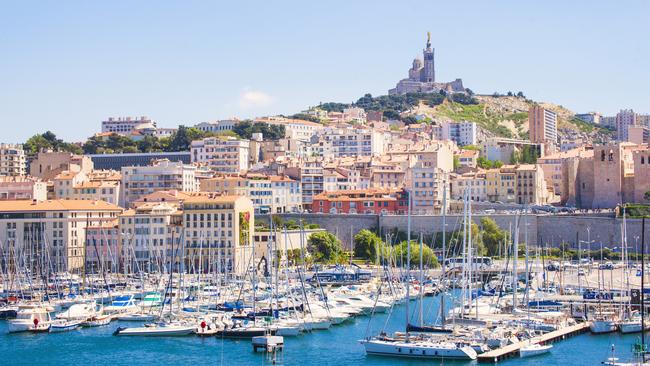
Windstar’s 322-passenger Star Legend is remaining in Europe year-round. A seven-night Mediterranean cruise next winter is priced from $4778 a person twin-share. Book by March 31, 2024, for a free upgrade to an all-inclusive fare, which covers all drinks, wi-fi and gratuities.
More to the story
Windstar has launched five new winter itineraries in Europe, allowing back-to-back cruises with no repeated ports of call. Departing between November 2024 and March 2025, the routes include Croatia, Italy, Greece, Spain and France.
The seven-night Europe Winter Riviera offers eight departure dates from Rome to Barcelona, sailing to Livorno, Genoa and Nice. The eight-night Winter Italy and the Dalmatian Coast, from Rome to Venice, stops in Naples, Taormina, Zadar and Dubrovnik.
Winter in Italy and the Adriatic transits the Corinth Canal from Athens to Itea (Delphi) before overnighting in Corfu, followed by four Italian ports. Winter in Croatia & Greece is an eight-night voyage from Venice to Athens via Montenegro’s Kotor and Slovenia’s Koper. Three special holiday sailings include a Christmas cruise from Rome to Barcelona during the peak of local festivities, while a New Year’s voyage sails roundtrip from Barcelona to Palma, Mallorca, Cartagena, Malaga and Valencia. A similar nine-night Southern Spain Winter Escapes departs in March 2025.
FOR MORE CRUISING STORIES, CLICK HERE.
Louise Goldsbury was a guest of Windstar Cruises.



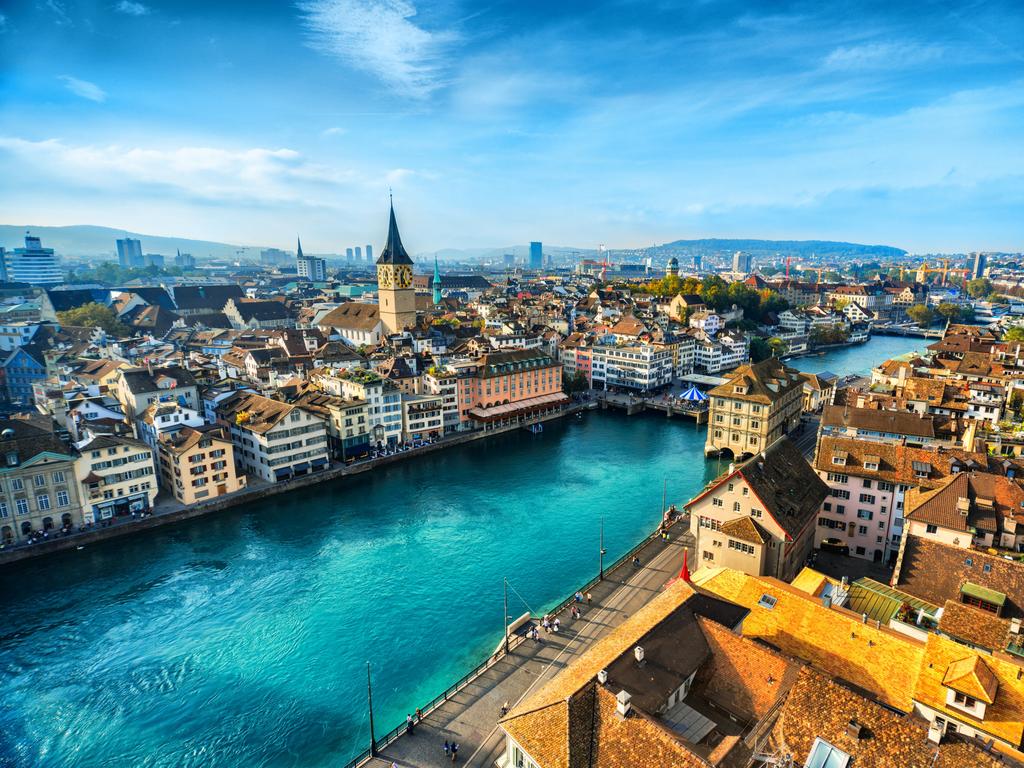
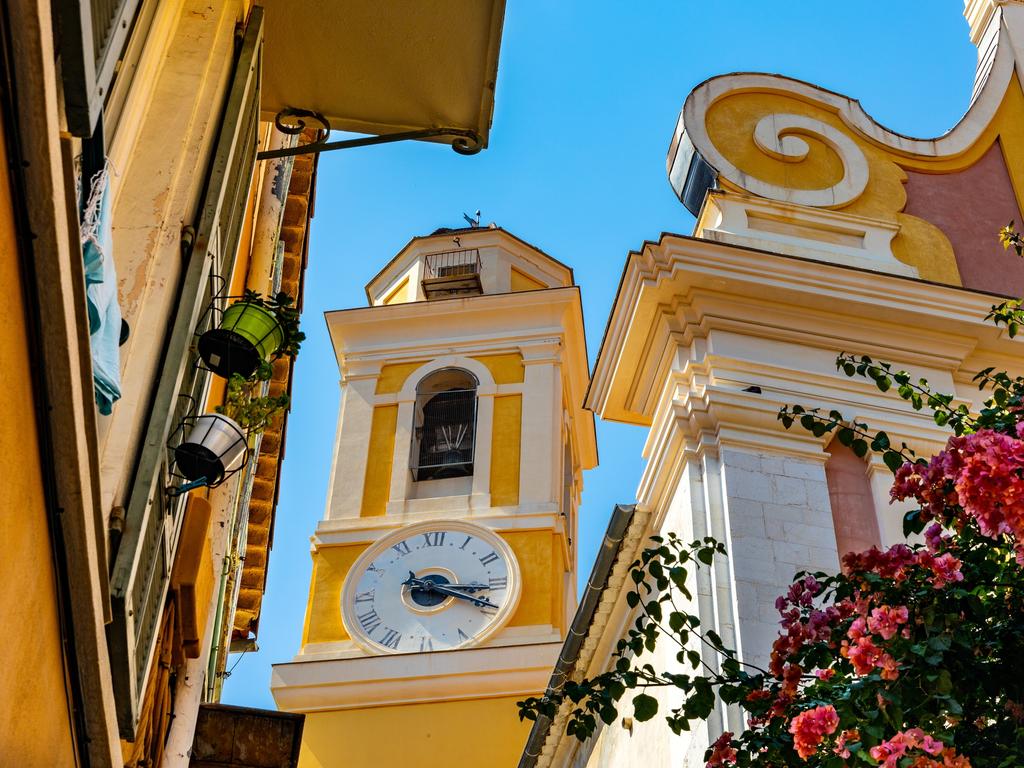
To join the conversation, please log in. Don't have an account? Register
Join the conversation, you are commenting as Logout